What’s in a name? When it comes to U.S. national parks, sometimes… not much.
You’d think a place called Dry Tortugas would be bone-dry (it’s almost entirely water). Or that Bryce Canyon would be, well, a canyon (it’s not).
But as you’ll see, several national parks carry names that don’t quite fit their landscapes. Some are the result of translation errors, others stem from old explorer assumptions, and a few were simply meant to warn travelers – but ended up sticking for centuries.
These quirky, misleading names are part of what makes America’s national parks so fascinating. Each one has a story – often as surprising and memorable as the park itself.
No time right now to read about these 5 Misnamed National Parks? Pin It and save it for later:
🛏️FIND A HOTEL: Search now
🚘FIND THE CHEAPEST CAR RENTAL: Search Discover Cars for the best deals
✈️FIND THE CHEAPEST FLIGHTS: Search Skyscanner for the best deals
🧳GET TRAVEL INSURANCE: Get insured with Travelex before you go
📱TAKE AN AUDIO TOUR: Buy an audio tour now
Here are five U.S. national parks where the name doesn’t tell the whole story… and how they got it in the first place.
Table of Contents
Bryce Canyon National Park
Not Really a Canyon
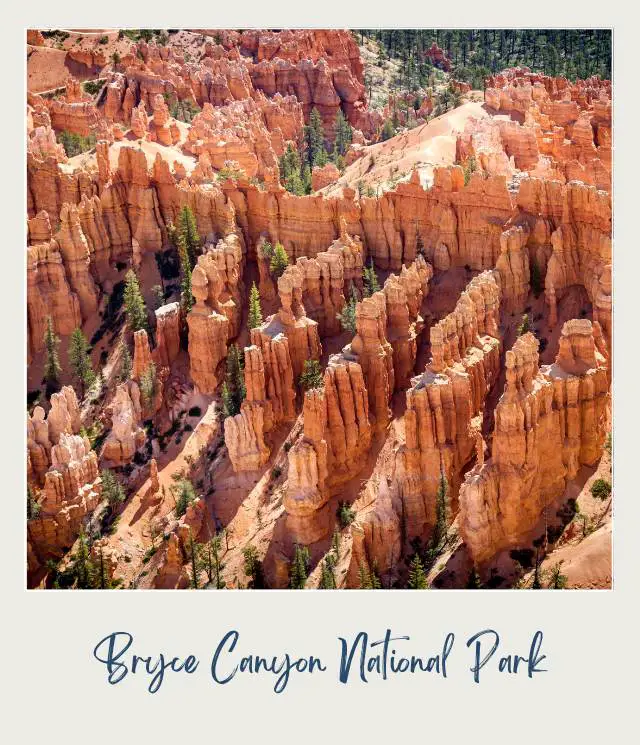
Bryce Canyon’s name sets you up for a geological letdown – because it’s not actually a canyon at all. Unlike a true canyon, which is carved by a river cutting through rock, Bryce is a series of natural amphitheaters eroded by frost and rain from the eastern edge of the Paunsaugunt Plateau in Utah.
So how did it get the name?
In the late 1800s, Mormon settler Ebenezer Bryce homesteaded in the area and helped his neighbors access timber in the forests above the amphitheaters. Locals began calling the largest amphitheater “Bryce’s Canyon” even though it wasn’t a canyon in the geological sense.
When the area became a national monument in 1923 (later upgraded to a national park), the name stuck.
Today, visitors to Bryce Canyon National Park come for its surreal landscape of hoodoos – tall, thin spires of rock that seem almost otherworldly. Standing along the rim, you’ll see thousands of these formations glowing in shades of red, orange, and pink.
While it may not be a true canyon, its beauty is undeniable, and its name is a quirky nod to the pioneer whose presence helped preserve this unique place.
➡️ Get a Bryce Canyon Itinerary
Glacier National Park
Where Are All the Glaciers?
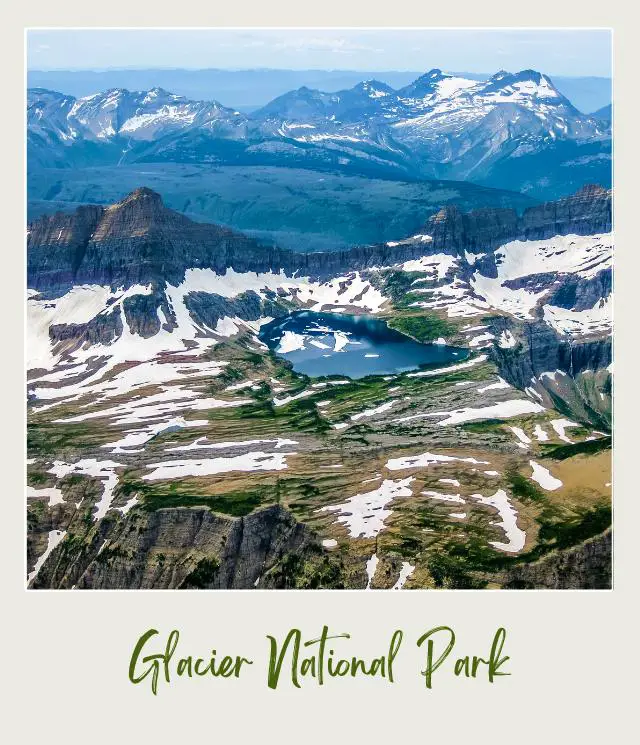
At first glance, the name “Glacier National Park” evokes images of massive ice fields, towering glaciers, and a landscape carved entirely by ice.
While the park’s iconic rugged scenery was indeed sculpted by ancient glaciers, visitors today are often surprised to find that there aren’t many actual glaciers left.
When the park was established in 1910, there were an estimated 150 active glaciers within its borders. But over the last century, warming temperatures and climate change have dramatically reduced that number.
Today, fewer than 30 glaciers remain, and many of those are small and rapidly retreating. Scientists predict that if current trends continue, Glacier National Park may lose all its active glaciers within a few decades.
So how did the park get its name?
Early explorers and geologists recognized the immense impact of glacial activity on the area’s landscape. U-shaped valleys, sharp ridgelines, and glittering alpine lakes all told the story of ice’s sculpting power, and the name stuck. At the time, the remaining glaciers seemed permanent – no one imagined they’d almost disappear within a century.
Despite the name’s misleading implications today, the park’s glacial history is still etched across every vista.
And while the ice may be fading, Glacier remains a place of wild beauty, with 700 miles of trails, iconic Going-to-the-Sun Road, and abundant wildlife from grizzlies to mountain goats.
Mesa Verde National Park
No Mesa, No Verde
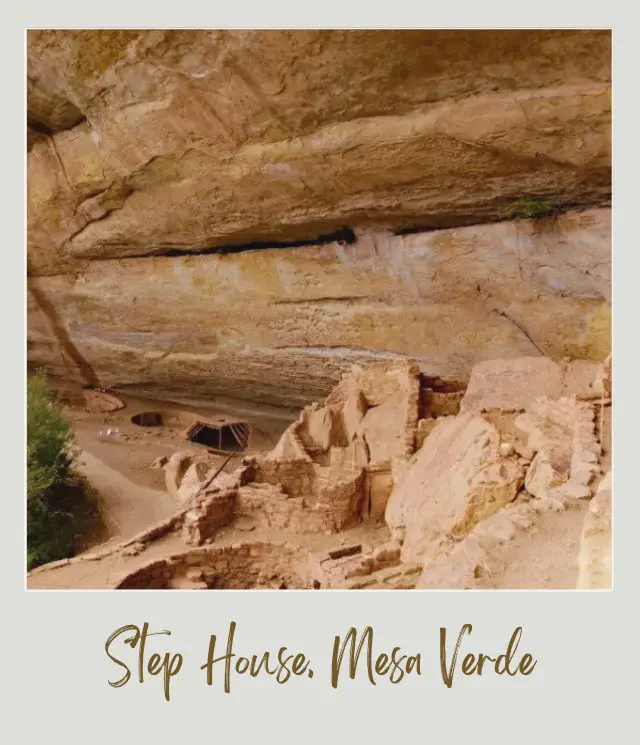
Mesa Verde National Park’s name promises a “green table” (the literal translation from Spanish) – but it’s not actually a mesa, and it’s not particularly green either.
Geologically speaking, a mesa is a flat-topped hill with steep sides. But Mesa Verde is a vast cuesta, or tilted plateau, that rises gently on one side and drops steeply on the other.
So how did it get its name?
Spanish explorers gave it the name in the 1700s when they saw the uplifted plateau covered in junipers and pinyon pines from a distance. To their eyes, it resembled a large, green table.
While parts of the park remain forested, fires and drought have left many areas brown and bare. And from a geological standpoint, calling it a mesa is inaccurate.
What makes Mesa Verde truly remarkable, though, isn’t the landscape – it’s the cultural treasures within.
The park protects some of the best-preserved Ancestral Puebloan cliff dwellings in North America. Structures like Cliff Palace, Balcony House, and Spruce Tree House showcase the ingenuity and resilience of the people who built them over 700 years ago.
Even if the name doesn’t quite fit, Mesa Verde’s significance as a cultural and historical site more than earns its place in the national park system.
Dry Tortugas National Park
It’s Not Dry at All
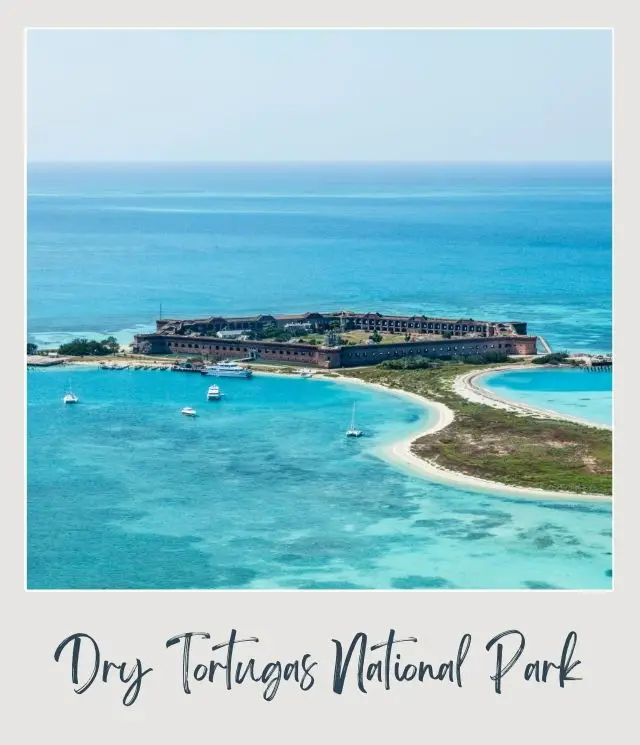
At first glance, the name “Dry Tortugas” might conjure images of parched desert islands or barren landscapes. But visit this remote Florida park, and you’ll find yourself surrounded by turquoise waters, coral reefs, and lush marine life – hardly “dry” in any sense.
So where did this misleading name come from?
Spanish explorer Juan Ponce de León first charted the area in 1513 and named the islands “Las Tortugas” (The Turtles) because of the abundant sea turtles he and his crew caught there.
But the “Dry” wasn’t added until later. Mariners noted the islands lacked fresh water sources and began marking their maps with the warning “Dry” to remind sailors they couldn’t replenish drinking water here. Over time, the two words fused into “Dry Tortugas.”
Despite the name, Dry Tortugas National Park is anything but lifeless.
Nearly 99% of the park is water, filled with vibrant coral gardens, shipwrecks, and an astonishing variety of marine life. Above water, you’ll find Fort Jefferson – one of the largest masonry structures in the Western Hemisphere – looming over tiny Garden Key.
The “dry” part might have once been practical for 19th-century sailors, but today, the name belies the park’s rich, watery world that makes it a snorkeler’s and diver’s paradise.
Wind Cave National Park
It’s Not the Only Cave That Breathes

Wind Cave National Park might sound like it’s home to a mysterious, otherworldly cavern that howls with supernatural winds. In reality, the “wind” refers to a natural phenomenon found in many caves – but Wind Cave’s version is particularly dramatic.
So why the name?
The cave’s entrance is a small hole in the ground, yet air rushes in and out of it with surprising force. This happens because the cave’s massive underground network – one of the longest and most complex in the world – creates air pressure differences relative to the surface. Early explorers noticed the strong breezes and dubbed it “Wind Cave.”
While the name captures one unique aspect of the park, it doesn’t begin to hint at its true wonders.
Wind Cave is home to a rare formation called boxwork – thin, honeycomb-like calcite structures found in few other places on Earth. Above ground, the park protects a sweeping prairie ecosystem where bison, prairie dogs, and elk roam.
Though the name might lead you to believe this is a cave defined only by wind, it’s actually a geological marvel of staggering size and complexity. The “breathing” entrance is just the beginning of what makes Wind Cave National Park so extraordinary.
Conclusion: Why the Wrong Names Are Still Perfect
So, are these names wrong? Technically, yes.
But they’re also windows into history – snapshots of how explorers, settlers, and mapmakers first experienced these wild places. Each name carries a story of discovery (or misinterpretation) that adds to the park’s personality.
And let’s be honest: would you really want “Tilted Plateau National Park” or “Boxwork Cave National Park” on your bucket list? Probably not.
So next time you visit one of these parks, smile at the irony of the name – and enjoy uncovering the true nature of the place beyond what’s printed on the map.
Do you have any other peaceful national parks that you think should be on this list? I’d love to hear about them. Join my private Facebook group National Parks Collectors and comment and let me know (you can also pick up extra planning tips, share your photos and stories with other national park lovers and more).
If you liked this article, Pin It to your National Parks board!
💡 Are you just starting to think about taking a National Parks trip? Get Inspiration
‼️ Do you need tips and additional information? Read a selection of tips for visiting US national parks
💻 Are you starting to plan a trip to a national park? Read my free guides
📋 Do you need an itinerary? Buy a detailed itinerary for your park
💲 Are you ready to book your trip? Use these Planning and Booking Resources
📖 Do you want to read a book about US national parks? Check out my Recommended Reading Lists
About the Author
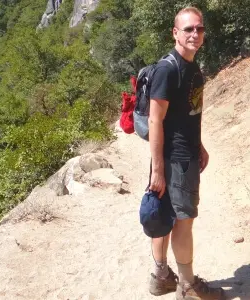
James Ian is a national park, camping and hiking expert.
He has dedicated his life to travel, visiting more than 80 countries, all 7 continents and most of the national parks in the United States. With over 35 years experience in the travel industry, James has worked on cruise ships, at resorts and hotels, and as a travel planner who’s helped hundreds of people plan successful trips to US national parks.
Based on his experience visiting our national parks multiple times, in-depth research and expertise as a travel planner, James has published detailed itineraries for many of the major national parks in the US. These itineraries, as well as in-depth park guides, and other resources will help you have your own incredible trip to US national parks without stress and hassle.
As a national park expert, James has contributed to many publications, including USA Today, Newsweek, Time Business News, Savoteur, Best Trip, and Wired.
I’m a member of the Amazon Services LLC Associates Program. As an Amazon Associate I earn from qualifying purchases.
